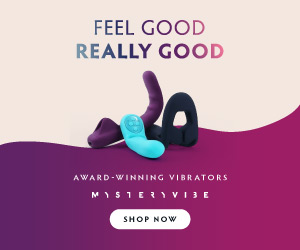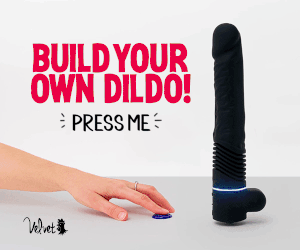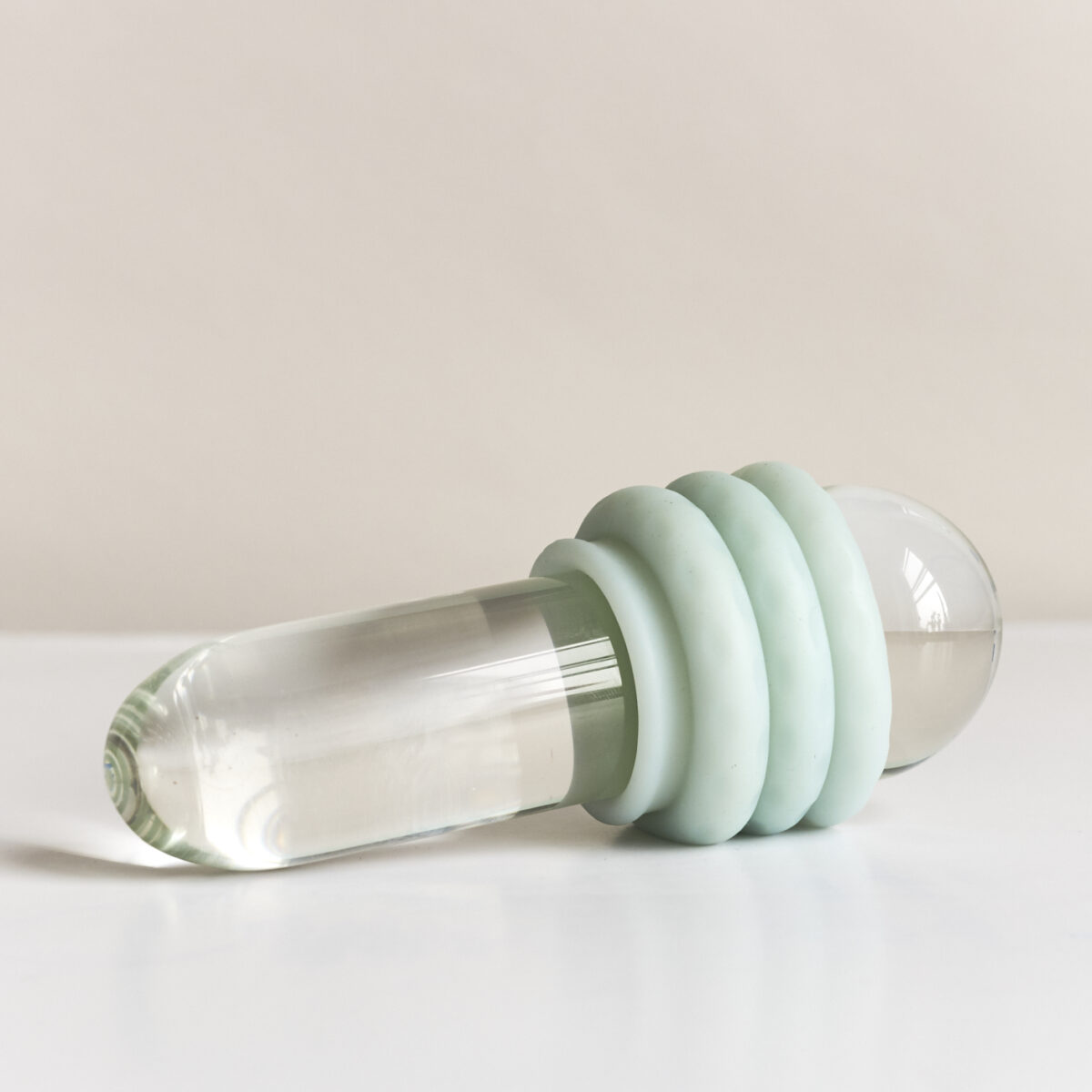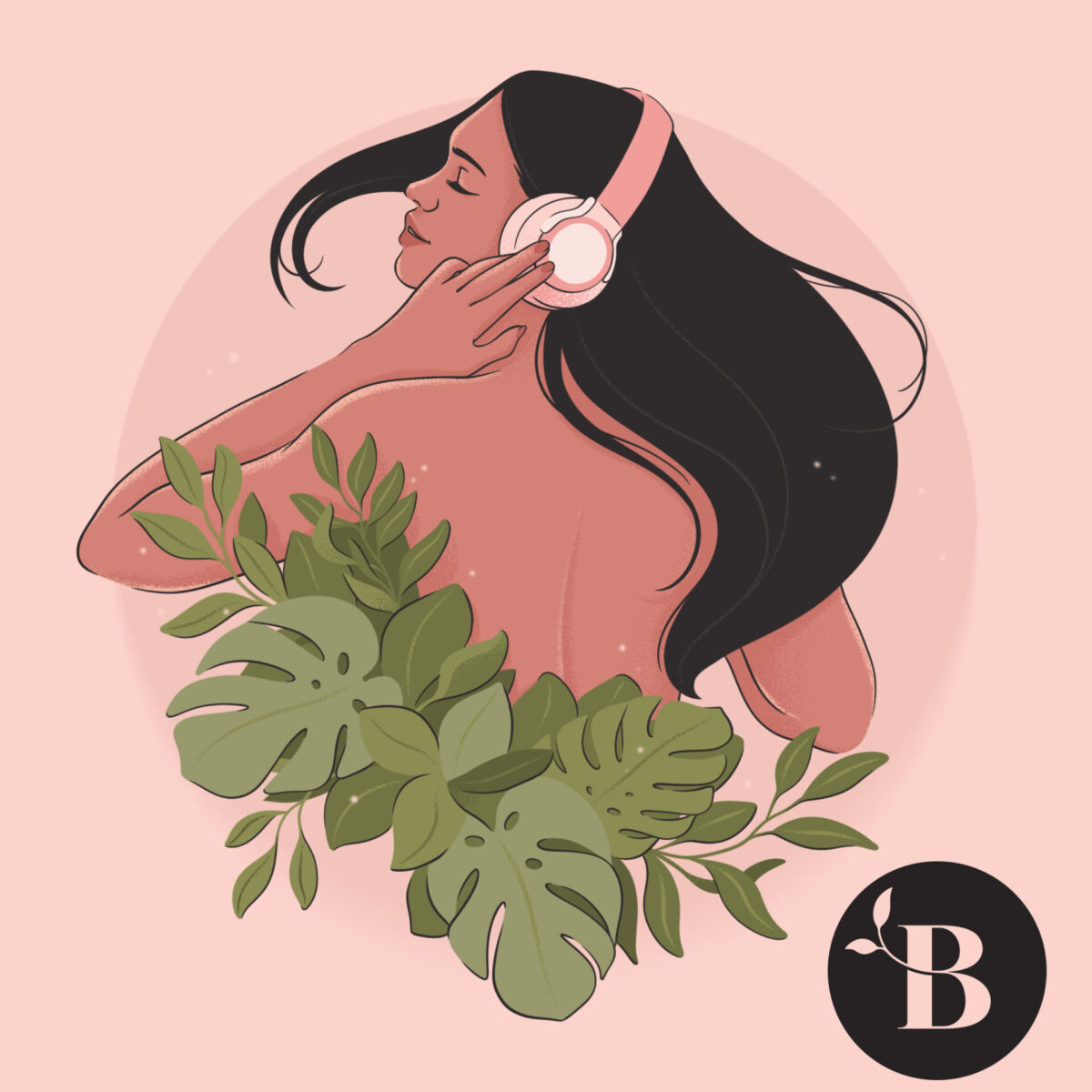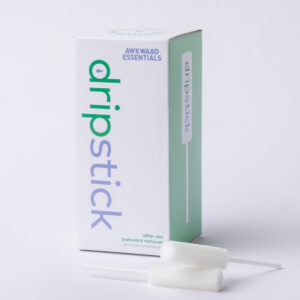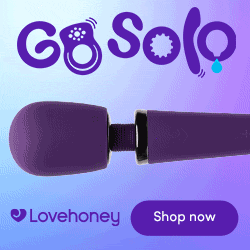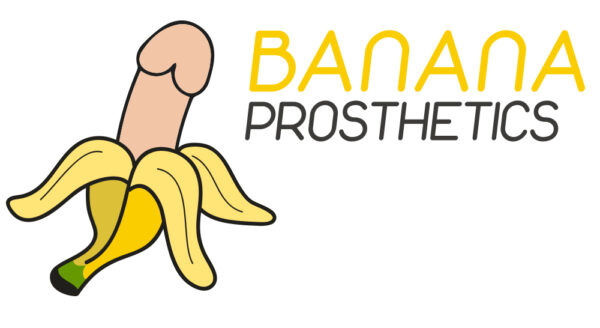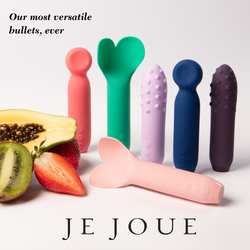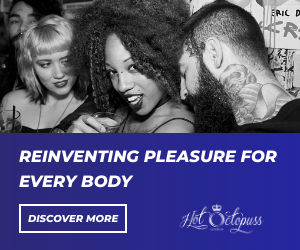These DIY Vibrator Workshops Are Helping People Explore Their Sexual Pleasure
SexForEveryBody.com is supported by our readers. We may earn a commission if you buy through links on our site. Learn more.
Many of us don’t see our identities, bodies, cultures, or imaginations represented by the sex tech products currently available.
But when we can’t find anything off-the-shelf that will satisfy us, it’s easy to blame ourselves instead of the industry at large. We assume there’s something wrong with our bodies, or the way that we seek to experience pleasure.
One way to combat this is to teach people how to build their own tools—and that’s exactly what Touchy-Feely Tech aims to do.
Founded in 2018, Touchy-Feely Tech creates a make-your-own vibrator kit and hosts workshops designed to introduce participants to the basics of electronics, software development, and customizable pleasure.
“Through building your own intimate tech, you’re able to really identify the pitfalls of the way that industry works and how user-centered design is so important,” says Alice Stewart, creative technologist and founder of Touchy-Feely Tech.
“Why wouldn’t you customize something that’s that personal to you and that’s related to the body and your own identity?”
Evolving from a hardware hack to something more
Transforming the conversation around sexual pleasure and education is a newer part of the Touchy-Feely Tech mission.
The idea for the workshop actually stemmed from a frustration with the existing educational kits for creative computing.
“In the beginning, I was dissatisfied by what was out there in terms of educational products that could introduce me to hardware and software,” explains Stewart, who comes from an arts and illustration background.
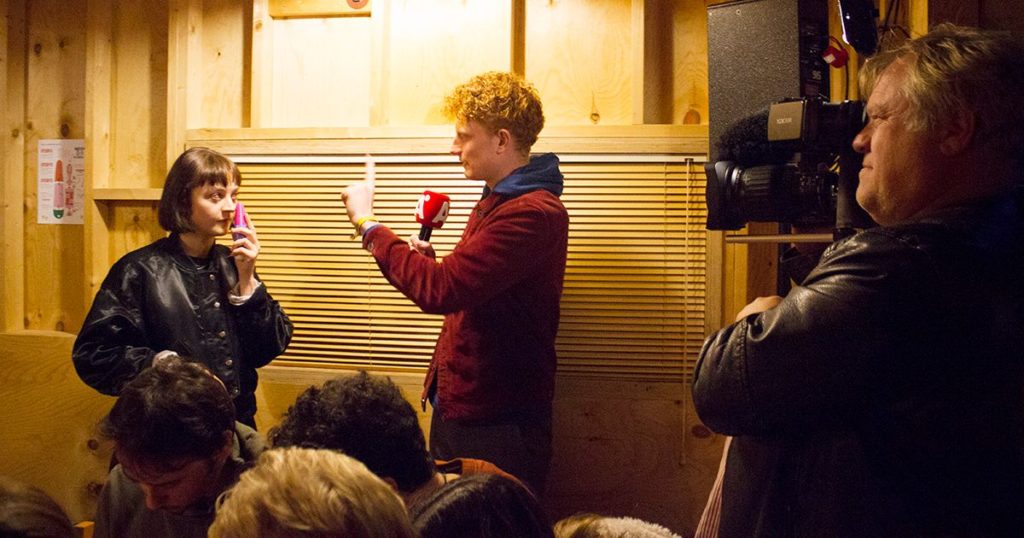
“[Available kits] were not very sustainable because you just throw them away at the end or you have them as this clutter that isn’t very functional. Maybe it represents that you learned something, but it doesn’t really represent something that you can use.”
She started thinking about what she could build. A blinking LED wasn’t useful. An alarm clock or radio could work, but those kits already existed and most people use their phones for that. And one day it hit her: A vibrator.
After developing the initial kit, Stewart hosted the first Touchy-Feely Tech event during Amsterdam’s Museum Night in 2018—and it was a huge success. People were excited about the prospect of building something with longevity and even lined up outside of the sold out event demanding spots.
As she continued to run workshops, Stewart noticed an unexpected trend in the feedback she was receiving from participants.
“I realized that it’s so much more than an alternative education kit for people,” she explained. “It’s also an interesting space where you can have important and transformative conversations around topics like sexual health and pleasure.”
Related Read: Learning How to Enjoy Sex While Living with Depression and Anxiety
A glimpse into a Touchy-Feely Tech workshop
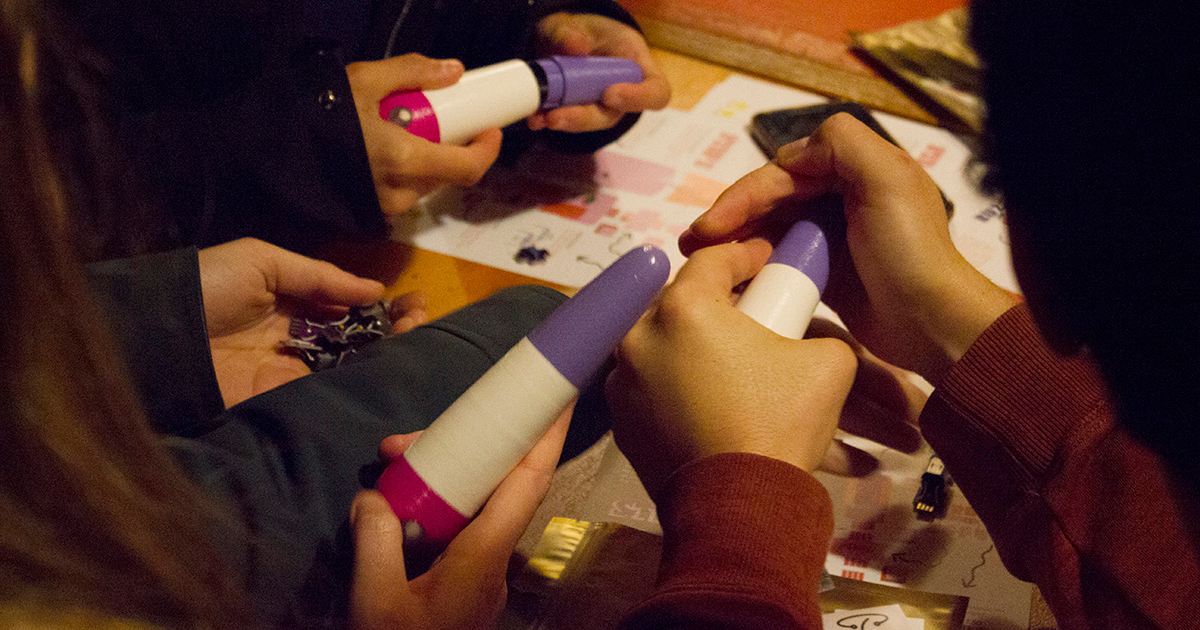
Workshops by Touchy-Feely Tech run a wide range. They can be as short as 30 minutes or as long as two working days. No matter the timespan, everyone walks away having assembled a functioning piece of sex tech.
Creating an experience that’s accessible and beginner-friendly is a top priority for Stewart—so there’s no prior knowledge or skills required for attending.
“The barrier to entry is pretty low, but it doesn’t feel low if you’re not aware of that,” says Stewart. “I’m always interested in beginners because I like to bring more people in rather than serve people who are already [in sex tech].”
The kits contain all of the necessary internal mechanics, electronics, and external casing materials. Each component of the vibrator is broken down into modular pieces to make it as customizable as possible.
As a participant, you choose whether you want a strong or soft resistance on the motor, a buzzy or rumbly vibration, and a curved or pointy tip. Later, you dive into Arduino and learn how to write code that controls the vibrator’s settings. Along the way, Stewart guides you through exactly what each decision means for your result.
“[The workshops] help people change their perspective on their own sexual preference,” she says. “It’s about giving people the idea that something is possible and acceptable and doable.”
The workshops also turn the typically solo experience of choosing a sex toy into a shared one.
Jen Geacone-Cruz, language technologist and digital brand consultant, explains why she attended the Berlin workshop in early 2019: “It seemed like a fun intersectional way to [prototype sex toys and get into physical computing], with someone who I knew I wanted to support. I even brought a couple of new coworkers with me… I really enjoyed it. The atmosphere was super open and safe.”
Related Read: What Does It Mean to Be Sex Positive?
The response? Overwhelmingly positive
Since its launch, Touchy-Feely Tech has helped over 500 workshop attendees gain agency over their education and of course—build a vibrator.
Every workshop has also sold out without a single dollar spent on marketing.
What Stewart sees as the true success is the feeling of empowerment people gain after they attend: “People come away from [the workshop] feeling more like they can have conversations around sex tech and their own pleasure.”
She continues: “[The kits] are a conversation starter, because it then breaks down this idea of what a sex toy needs to be and how it needs to look in terms of branching out into people’s identities and their own sort of unique sexuality. It’s a really rich subject that isn’t explored enough, both in tech and also in the creative industry.”
What’s next for Touchy-Feely Tech
Currently, Stewart is working with designer Dani Clode on the next prototype of the educational kit.
“The new kit will be a level-up in terms of the hardware and casing,” Stewart explains. “I’m also interested in changing the educational experience so you can do more with it as well.”
Some ideas that Stewart proposed were sculpting sessions to customize the casing, building a website to control vibrations or an introduction to machine learning so you can collect data from the vibrator.
Those interested in future events can join the Touchy-Feely Tech email list.
Image sources: Touchy-Feely Tech
Carolyn (she/her) is a queer software engineer and freelance journalist based in Berlin, Germany. She writes about the intersections of technology and sexuality for outlets like Future of Sex, Autostraddle, Curve Magazine, and elsewhere. You can find her most places on the Internet @carolstran.

